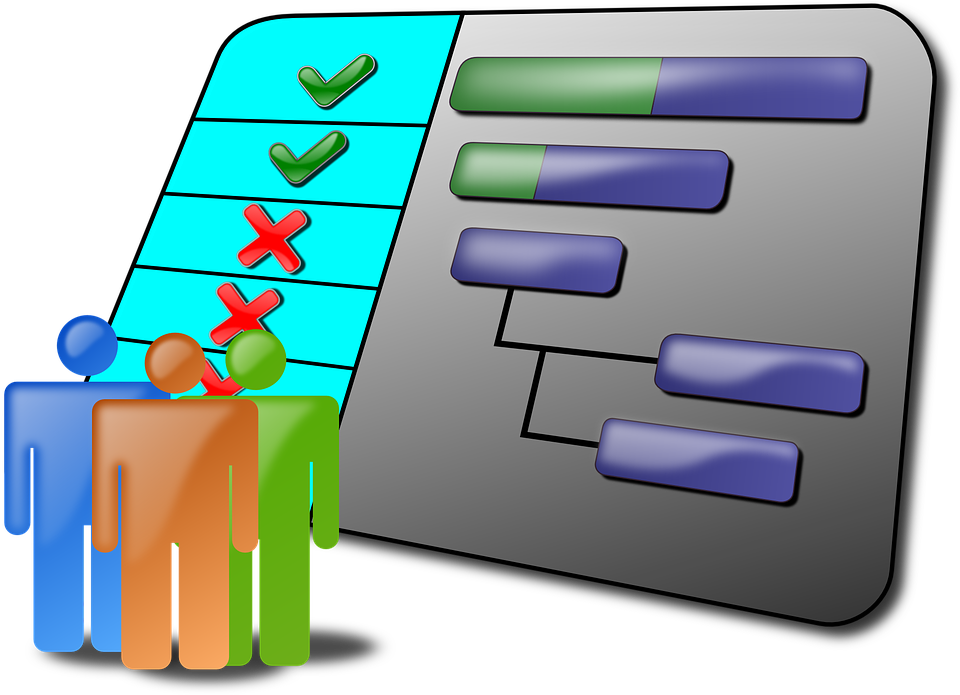Gantt charts are an invaluable tool for project management in the construction industry. They allow you to visualize the project timeline, identify dependencies, and keep track of progress.
However, Gantt charts can be overwhelming and, if not used properly, they can actually hinder progress rather than help it.
In this article, we'll discuss best practices for using Gantt schedules in construction to ensure successful project management.

1. Start with a detailed work breakdown structure (WBS)
Before creating a Gantt chart, it's important to have a detailed work breakdown structure (WBS). This means breaking down the project into smaller, manageable tasks. Each task should have a clear objective and be easily measurable. This will help you identify dependencies and milestones that need to be tracked on your Gantt chart.
2. Keep it simple
One of the biggest mistakes people make with Gantt charts is overcomplicating them. A Gantt chart should be easy to read and understand at a glance. Use color coding and labeling to make it clear which tasks are in progress, which are complete, and which are yet to start. Avoid including too much detail in your chart, as this can make it difficult to read and interpret.
3. Update your Gantt chart regularly
It's important to keep your Gantt chart up to date. This means updating it regularly to reflect changes in the project timeline, such as delays or unexpected issues. By keeping your chart current, you'll be able to identify potential problems before they become major issues.
4. Use a cloud-based project management tool
Using a cloud-based project management tool, such as Ontraccr, can make it easier to create and update your Gantt chart. These tools allow multiple people to access the chart and update it in real-time. This can be particularly useful for larger projects where multiple people need to be involved in project management.

Whichever tool you choose, make sure you the tool gives you all of the essential features you will need such as resource planning, dependencies, critical path, etc. Beware of the construction tools that simply let you upload a gantt schedule and don't allow you to manage to schedule within the software itself. This just creates an unnecessary extra step for project managers if they can't make changes to the schedule within the software.
5. Focus on critical path tasks
The critical path is the sequence of tasks that must be completed on time in order for the project to be completed on schedule. When creating your Gantt chart, focus on identifying critical path tasks and ensuring they are given the priority they deserve. This will help you stay on track and avoid delays.
6. Be realistic about task durations
It's important to accurately estimate the duration of each task in your Gantt schedule. Be realistic, and consider factors such as weather, availability of materials and equipment, and any other potential delays.
7. Identify dependencies
Identify dependencies between tasks, and make sure they're reflected in your Gantt schedule. For example, if you can't start pouring a foundation until the site has been graded, make sure the grading task is completed and reflected in the schedule before the foundation pouring task begins.
8. Include buffer time
It's important to include some buffer time in your Gantt schedule to account for unexpected delays or issues. This can help ensure that your project stays on track even if something goes wrong.
9. Communicate with stakeholders
Make sure to communicate your Gantt schedule with all stakeholders, including the client, subcontractors, and suppliers. This can help ensure that everyone is on the same page and can help prevent misunderstandings or delays.

Final Thoughts
Gantt charts are an essential tool for project management in the construction industry.
By following these best practices, you can ensure that your Gantt chart is an effective tool for keeping your project on track and ensuring its successful completion. Remember to keep it simple, update it regularly, and focus on critical path tasks.






